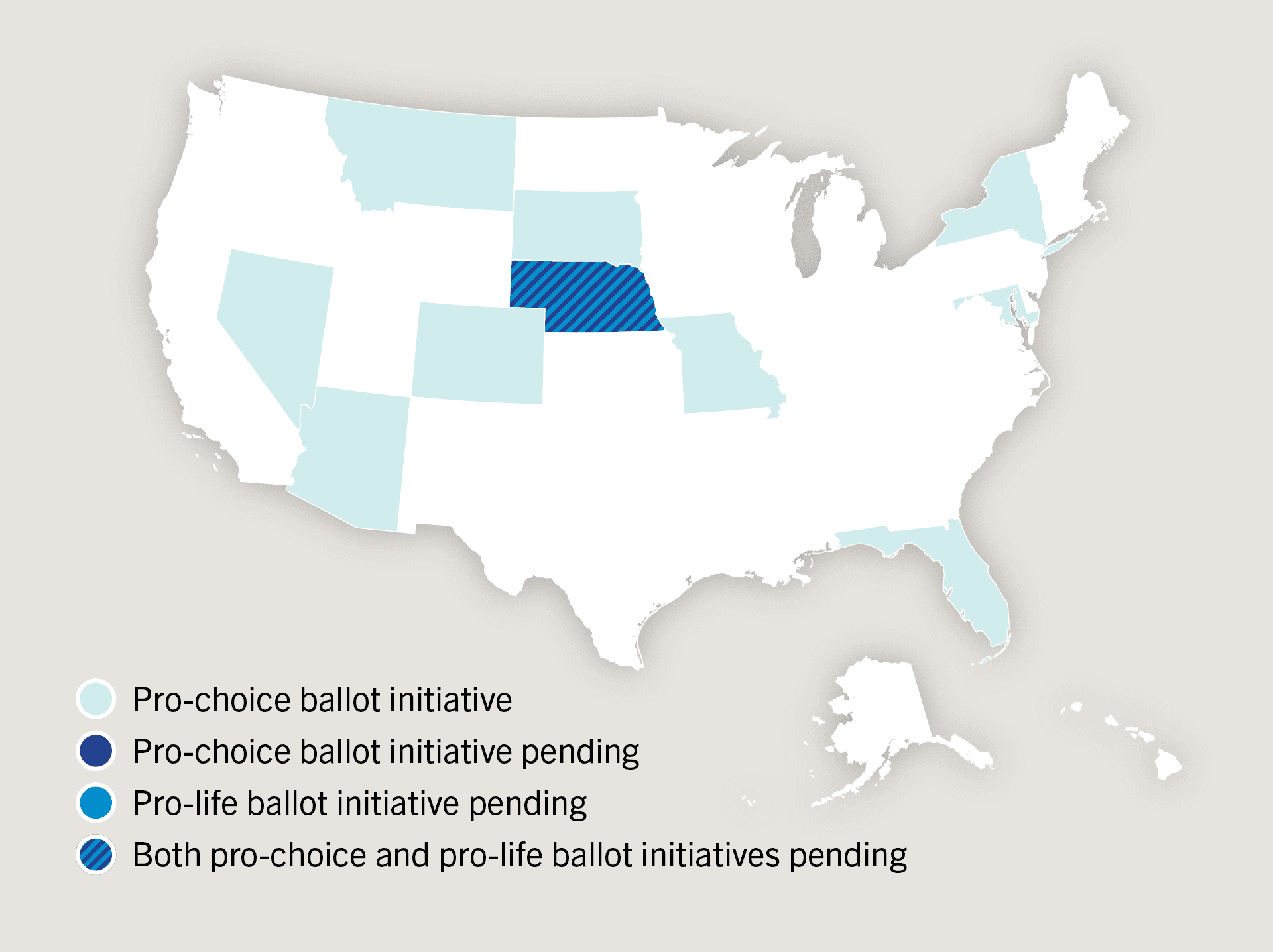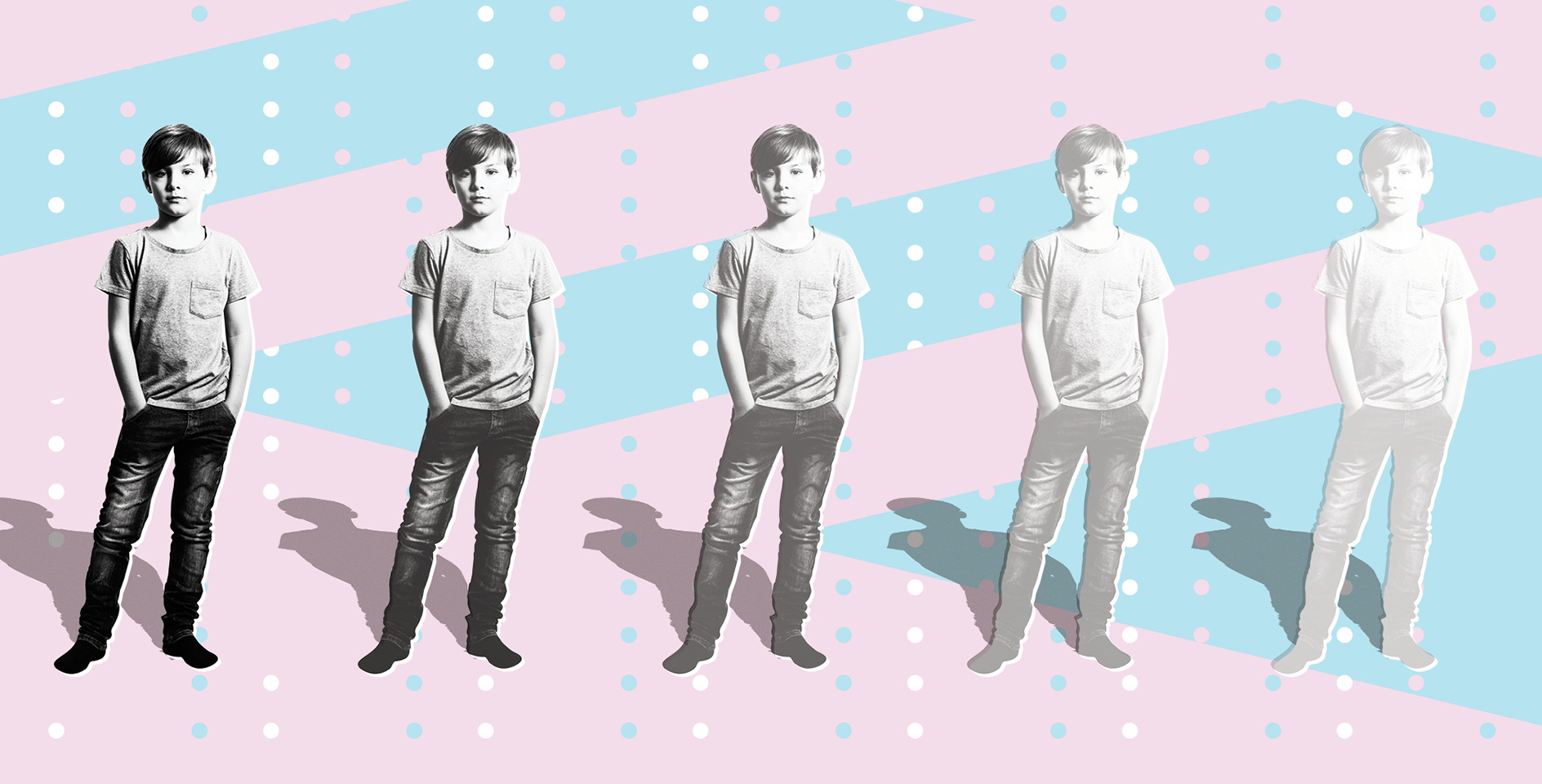Recent surveys show that about six-in-ten Americans (61 percent) say the use of marijuana should be legalized. Along with the increase in permissive attitudes and legislation involving marijuana, there is an increase in the perception that the drug is harmless and is non-addictive.
The reality is that the rise in the prevalence of marijuana use—usage more than doubled between 2001-2002 and 2012-2013—has led to a large increase in marijuana use disorders.
“Cannabis is potentially a real public-health problem,” Mark A. R. Kleiman, a professor of public policy at New York University, recently told The Atlantic. “It wasn’t obvious to me 25 years ago, when 9 percent of self-reported cannabis users over the last month reported daily or near-daily use. I always was prepared to say, ‘No, it’s not a very abusable drug. Nine percent of anybody will do something stupid.’ But that number is now [something like] 40 percent.”
Here are five facts you should know about the rising problem of marijuana addiction:
1. The terms marijuana and cannabis refer to all parts of the plant Cannabis sativa L., including the seeds, the resin extracted from any part of such plan, and every compound, manufacture, salt, derivative, mixture, or preparation of such plant, its seeds, or resin. Cannabis is the most commonly used illegal psychoactive substance worldwide, and the most abused drug in the U.S. with an estimated 4 million Americans either dependent on cannabis or abusing the drug. (The current prevalence of abuse is 1.13 percent, while the prevalence for dependence is 0.32 percent.) While not all marijuana users experience problems, nearly 3 of 10 marijuana users manifested a marijuana use disorder in 2012-2013.
2. Addiction to cannabis or marijuana is known as Cannabis Use Disorder (CUD). The diagnostic criteria for CUD, found in the Diagnostic and Statistical Manual of Mental Disorders – Fifth Edition (DSM-5), is a problematic pattern of use, leading to clinically significant impairment or distress, manifested by at least 2 of the following, occurring within a 12-month period:
• The substance is taken in larger amounts or over a longer period than was intended.
• Persistent desire or unsuccessful effort to cut down or control use.
• Great deal of time spent obtaining, using, or recovering from the effects of cannabis.
• Craving, or a strong desire or urge to use cannabis.
• Recurrent use resulting in failure to fulfill major obligations at work, school, or home.
• Continued use despite having persistent or recurrent social or interpersonal problems caused by or exacerbated by the effects of use.
• Giving up or reducing important social, occupational, or recreational activities because of use.
• Recurrent use in situations that could be physically hazardous.
• Continued use despite knowledge of having a persistent or recurrent physical or psychological problem caused by or exacerbated by use.
• Need for markedly increased amounts of the substance to achieved intoxication or desired effect; or diminished effect with continued use of the same amount.
• Characteristic withdrawal syndrome for the substance (see below); or the substance is taken to relieve or avoid withdrawal symptoms.
3. In 2016, 2.3 percent of adolescents aged 12 to 17 (about 584,000 adolescents) had a marijuana use disorder in the past year. Approximately 1.7 million young adults aged 18 to 25—or 5.0 percent of young adults—and a similar number of adults aged 26 or older—approximately 1.7 million adults aged 26 or older or 0.8 percent of adults in this age group—also had a marijuana use disorder within the past year.
4. Cannabis use is likely to increase the risk of developing schizophrenia and other psychoses—the higher the use the greater the risk. The evidence also suggests that any cannabis use is related with increased suicidal ideation (i.e., suicidal thoughts or preoccupation with suicide), augmented suicide attempts, and greater risk of death by suicide. Studies reveal that heavy cannabis use (used 40 or more times) is associated with a higher risk of suicidal ideation and suicidal attempts. Additionally, heavy cannabis use is associated with cognitive impairment, lower educational attainment, and unemployment.
5. Currently, there is no treatment that has been proven effective for CUD. While some psychosocial interventions, such as cognitive behavioral therapy, have demonstrated the ability to reduce cannabis use, although abstinence rates remain modest and decline after treatment. There are no therapies using pharmaceutical drugs approved for the treatment of CUD. Some drugs have shown limited positive effects on use and withdrawal symptoms, but no controlled studies have been able to show strong and persistent effects on clinically meaningful outcomes.








